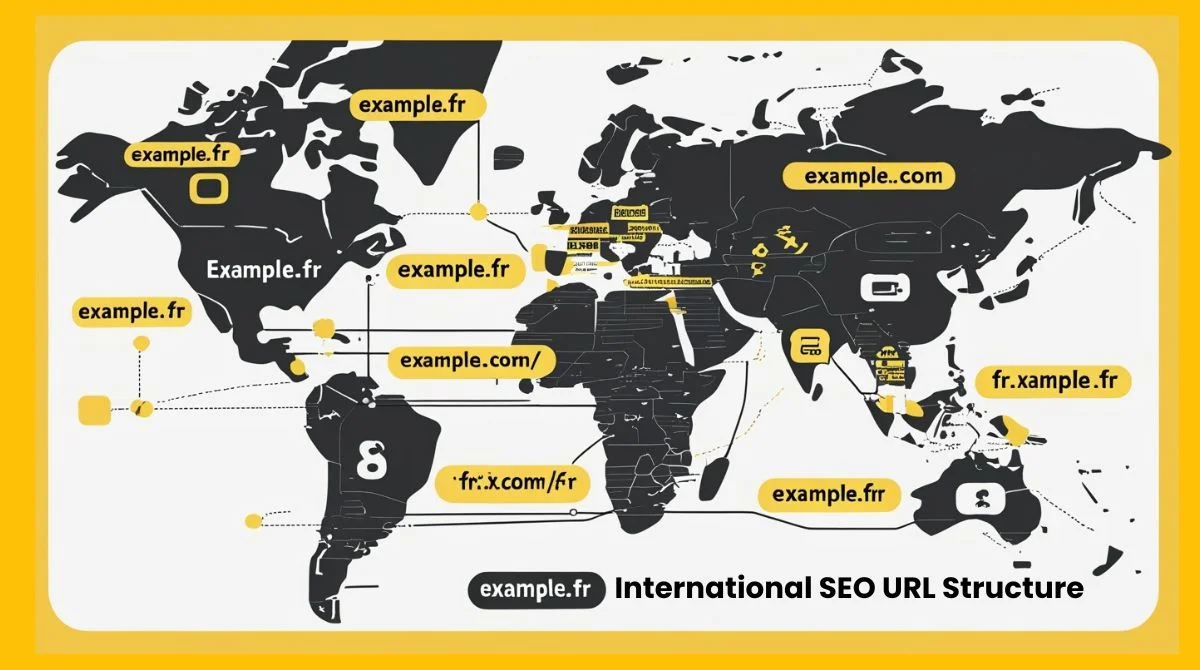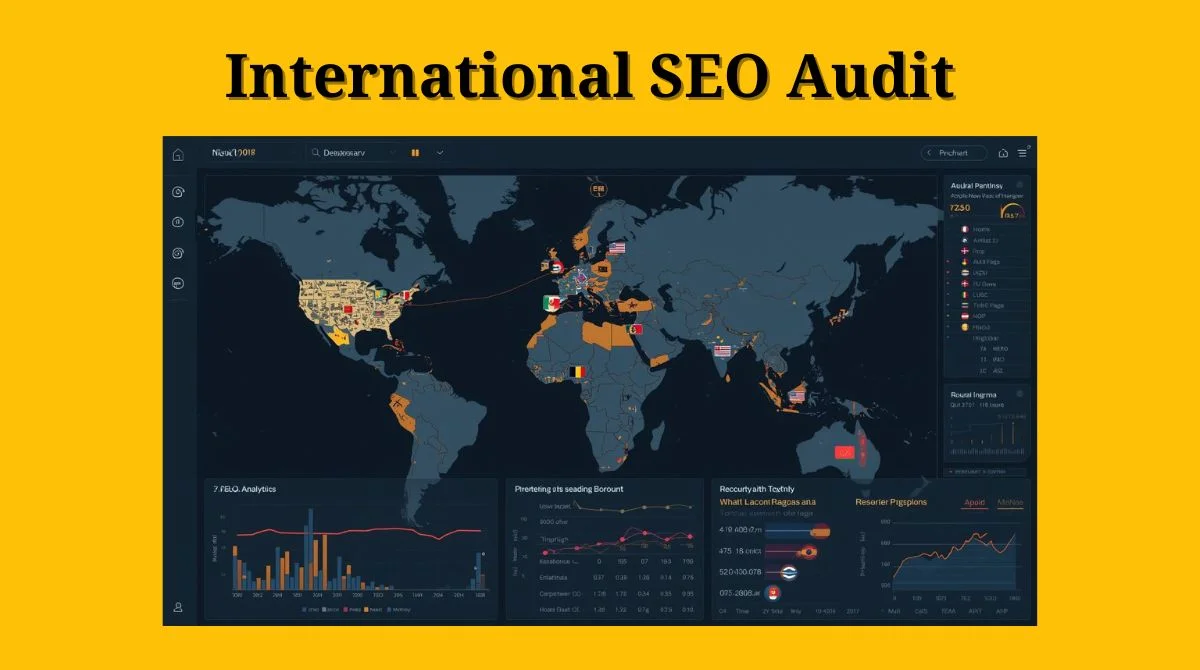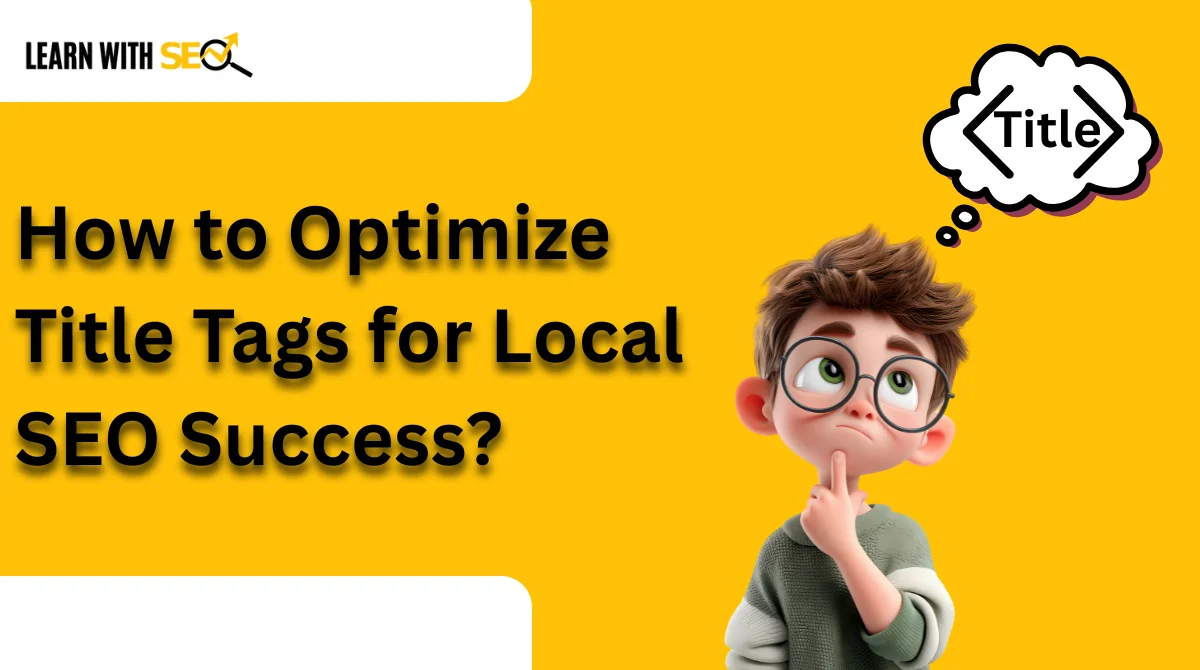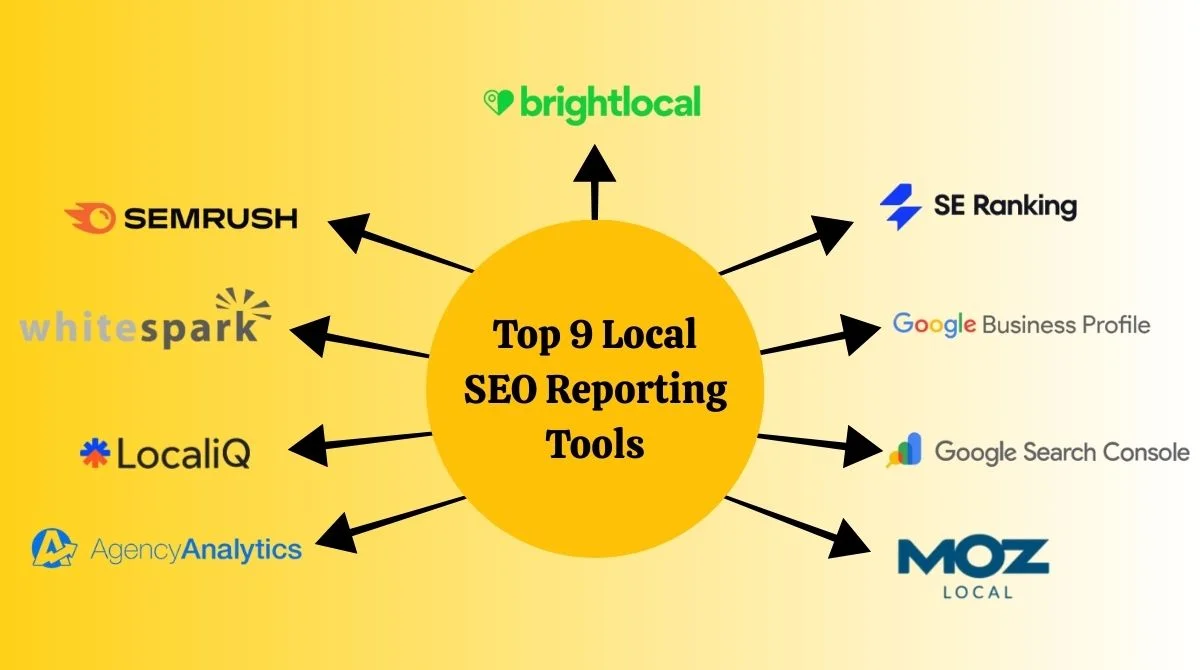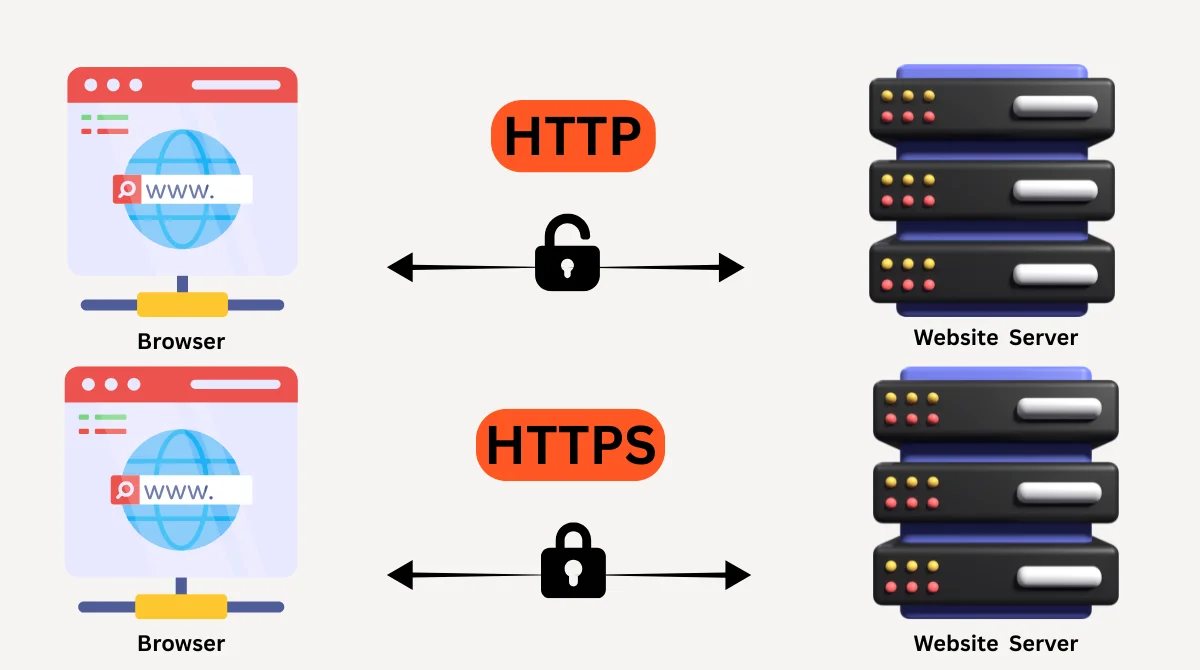- What Are Data-Driven SEO Strategy Adjustments?
- Why Data-Driven Adjustments Matter in 2025?
- Key Data Sources for SEO Strategy Adjustments
- Essential Data-Driven SEO Adjustments for 2025
- Measuring the Success of Your Adjustments
- Common Data-Driven Adjustment Mistakes
- Future-Proofing Your Data Strategy
- Implementation Timeline
- Conclusion
Data-driven SEO strategy adjustments help websites rank better by using real performance data instead of guesswork. These smart changes improve your search visibility and drive more organic traffic to your site.
What Are Data-Driven SEO Strategy Adjustments?
Data-driven SEO strategy adjustments use website analytics, search data, and performance metrics to make informed changes. Instead of following outdated tactics, you make decisions based on what actually works for your specific audience and industry.
Your internal data is often the best and most reliable starting point. Use lessons from your past performance to predict and create the future. This approach gives you a competitive edge because competitors don’t have access to your unique data insights.
Why Data-Driven Adjustments Matter in 2025?
The search landscape has changed dramatically with AI integration. Google’s AI Overviews appeared in 13.14% of all U.S. desktop searches in March, up from 6.49% in January. This 102% increase means traditional SEO tactics need updating.
Optimizing content for search engines isn’t enough anymore. Marketers must adapt by integrating new trends like voice search, AI, and personalization. Data helps you understand these changing user behaviors and adjust accordingly.
Key Data Sources for SEO Strategy Adjustments
Google Analytics 4 Data
Your GA4 data reveals user behavior patterns that guide content improvements. Track these metrics:
- Bounce rate by page type.
- Session duration for different topics.
- Conversion paths from organic traffic.
- User engagement metrics.
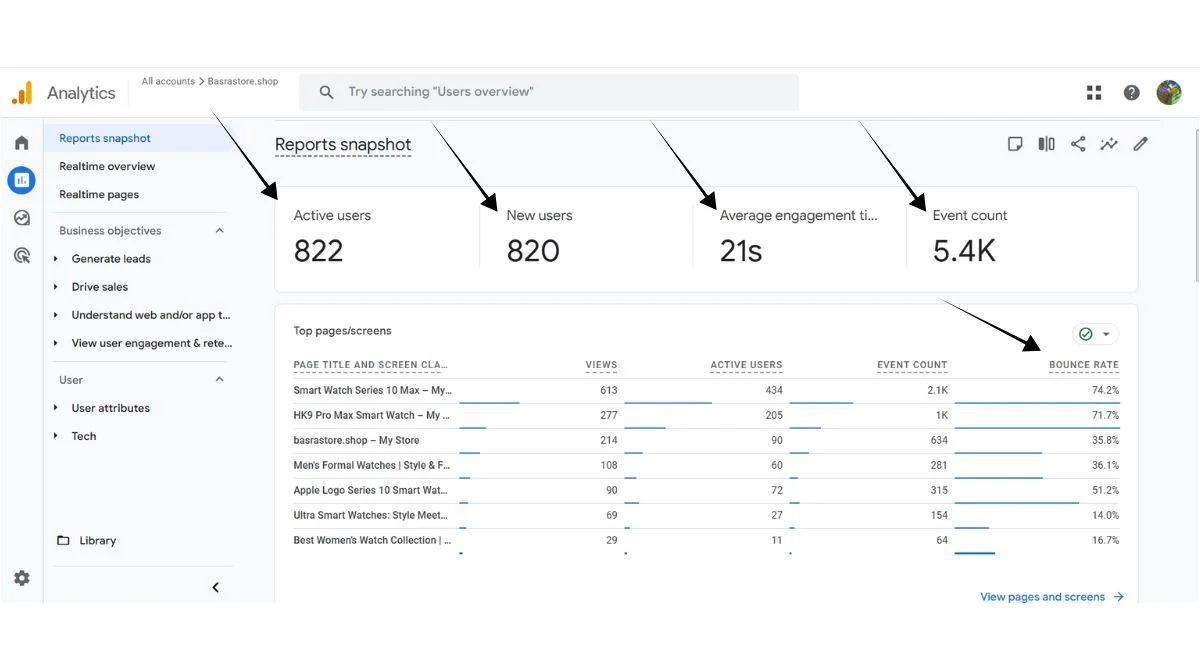
Google Search Console Insights
Search Console provides direct feedback from Google about your site’s performance:
- Click-through rates by query.
- Average position changes.
- Impression data for keyword opportunities.
- Core Web Vitals scores.
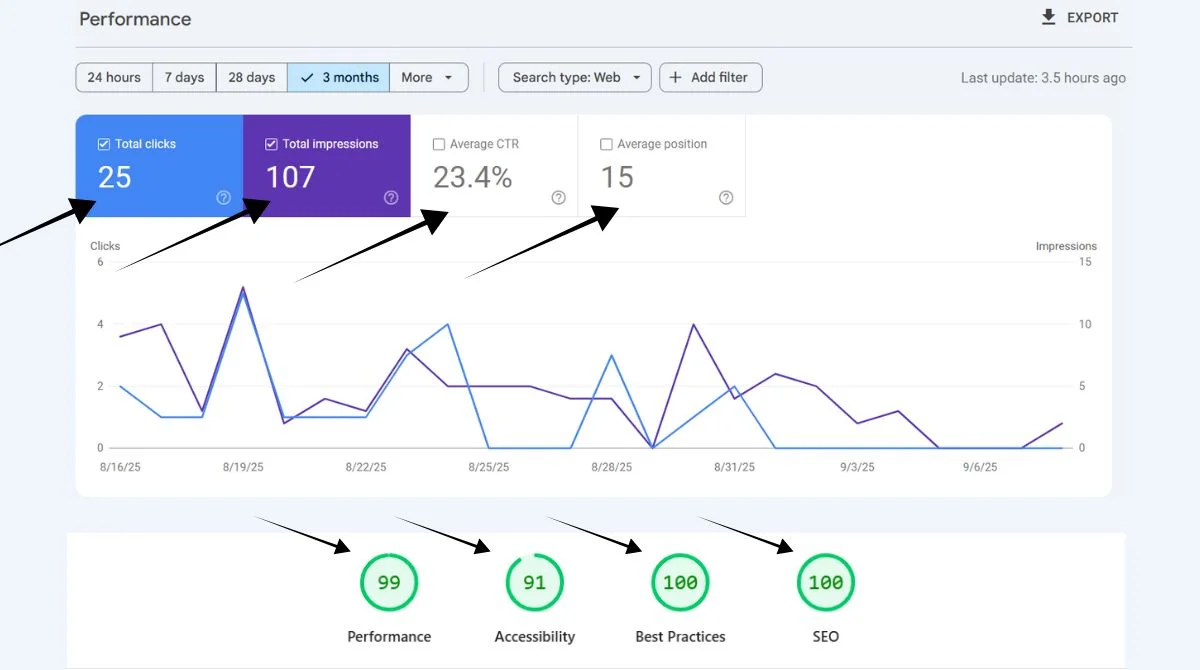
Competitor Analysis Data
Understanding competitor performance helps identify gaps and opportunities:
- Keyword rankings comparisons.
- Content performance analysis.
- Backlink profile evaluation.
- SERP feature appearances.
Essential Data-Driven SEO Adjustments for 2025
Optimize for AI Overviews
AI Overviews present links in different formats and highlight more sources on the results page, making it easier for users to click through and explore content across the web. To appear in AI Overviews:
- Create comprehensive, well-structured content.
- Use clear headings and subheadings.
- Include relevant data and statistics.
- Answer questions directly and concisely.
To rank in AI Overviews, you simply need to follow standard SEO practices. Focus on quality content that matches user intent.
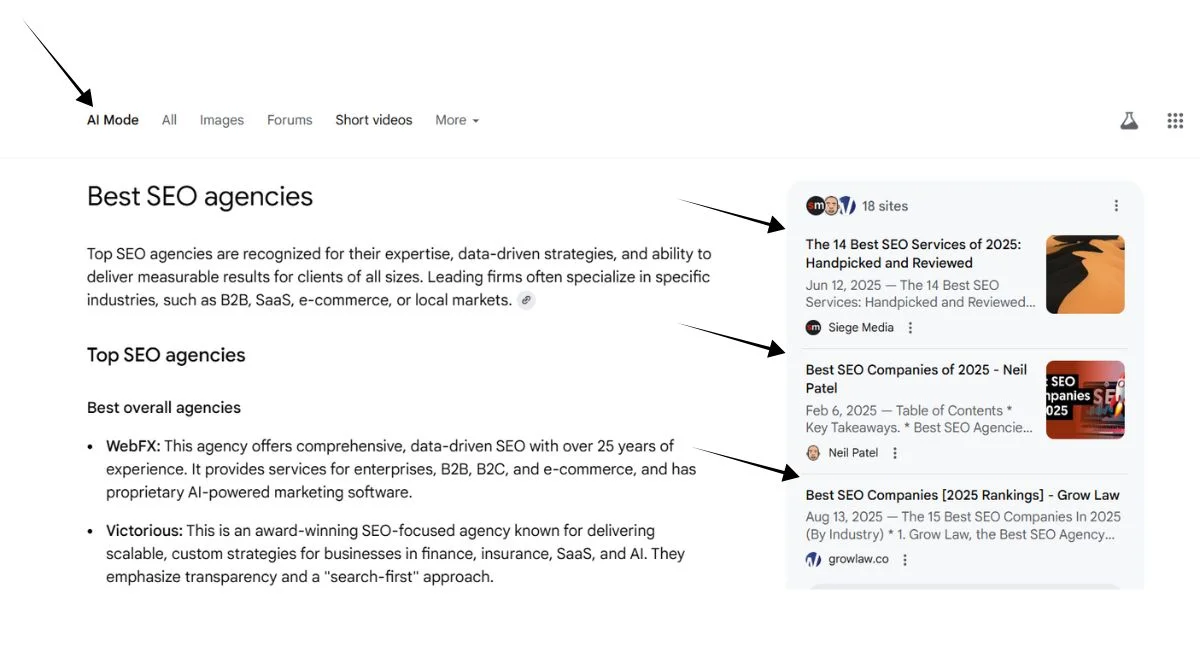
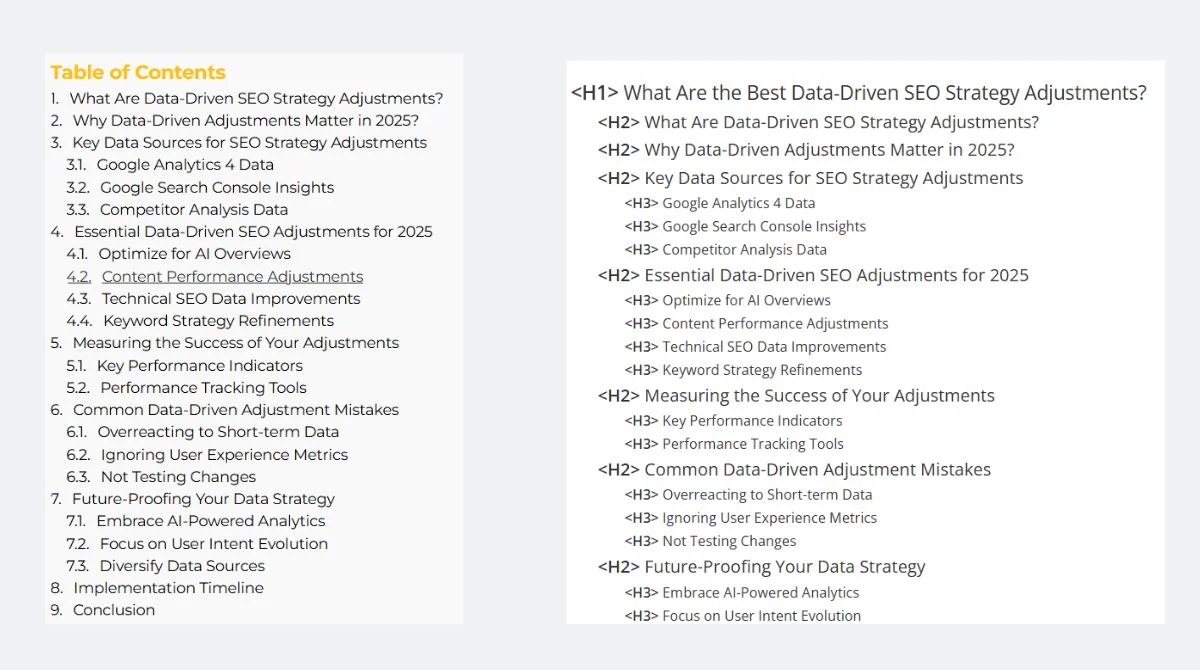
Content Performance Adjustments
Use data to improve your content strategy:
- Topic Selection: Analyze which topics generate the most engagement and conversions. Double down on high-performing content themes while eliminating low-impact topics.
- Content Depth: Review pages with high bounce rates. Add more comprehensive information, internal links, and related resources to keep users engaged longer.
- Format Optimization: Test different content formats based on performance data. Some topics work better as lists, while others need detailed explanations.
Technical SEO Data Improvements
- Page Speed Optimization: Use Core Web Vitals data to identify slow-loading pages. Prioritize fixes based on traffic volume and business impact.
- Mobile Experience: Analyze mobile vs desktop performance data. Adjust layouts, images, and functionality for better mobile user experience.
- Internal Linking: Review which internal links get clicked most. Optimize your internal linking structure to guide users to high-value pages.
Keyword Strategy Refinements
- Search Intent Matching: Better alignment with semantic search principles ensures your content remains relevant as search technology evolves. Analyze query data to understand the true search intent behind keywords.
- Long-tail Opportunities: Identify long-tail keywords with low competition but good conversion potential. These often have clearer user intent and less competition.
- Seasonal Adjustments: Use historical data to prepare for seasonal trends. Adjust content calendars and keyword targeting based on past performance patterns.
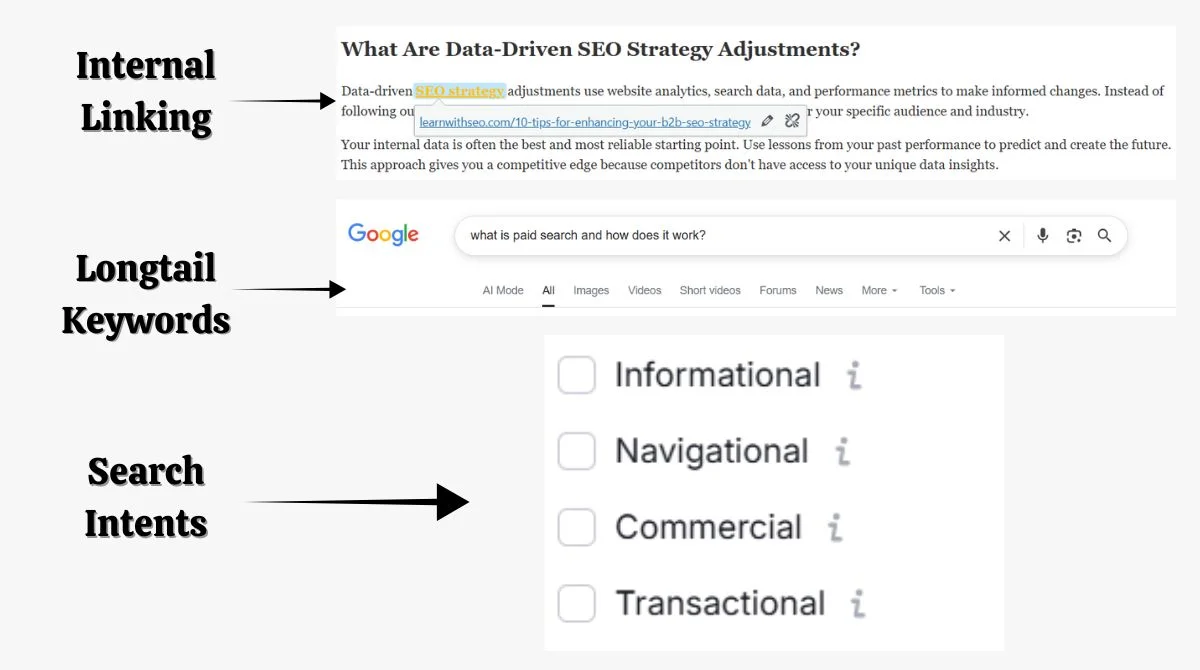
Measuring the Success of Your Adjustments
Key Performance Indicators
Track these metrics to measure adjustment success:
- Organic traffic growth.
- Keyword ranking improvements.
- Click-through rate increases.
- Conversion rate optimization.
- User engagement metrics.
Performance Tracking Tools
- Google Analytics 4: Monitor traffic patterns, user behavior, and conversion tracking. Set up custom events to measure specific SEO goals.
- Google Search Console: Track ranking changes, impression growth, and technical issues. Use the performance report to measure keyword improvements.
- Third-party Tools: Consider tools like SEMrush, Ahrefs, or Moz for competitor analysis and keyword tracking. These provide additional data insights beyond Google’s tools.
![]()
Common Data-Driven Adjustment Mistakes
Overreacting to Short-term Data
Don’t make major changes based on a few days of data. SEO changes need time to show results. Wait at least 4-6 weeks before evaluating most adjustments.
Ignoring User Experience Metrics
Rankings matter, but user satisfaction drives long-term success. Monitor bounce rates, time on page, and conversion rates alongside ranking improvements.
Not Testing Changes
Always test significant changes on a small scale first. Use A/B testing for title tags, meta descriptions, and content modifications before rolling out site-wide.
Future-Proofing Your Data Strategy
Embrace AI-Powered Analytics
AI tools help identify patterns humans might miss. Use machine learning insights to predict trends and optimize content proactively.
Focus on User Intent Evolution
SEOs recalibrating to take advantage of these opportunities. That’ll include some of the tactics we’ve covered, like AEO, as well as social media SEO and new measurements around awareness and conversions instead of just traffic.
Track how user search behavior changes over time. Adjust your keyword strategy and content approach based on evolving search patterns.
Diversify Data Sources
Don’t rely on a single data source. Combine multiple analytics tools, user feedback, and industry research for comprehensive insights.
Implementation Timeline
- Week 1-2: Set up proper tracking and data collection systems. Ensure all analytics tools are working correctly.
- Week 3-4: Analyze current performance data. Identify the biggest opportunities and pain points.
- Week 5-6: Implement priority adjustments based on data insights. Focus on high-impact, low-effort changes first.
- Week 7-8: Monitor results and gather new performance data. Document what’s working and what needs refinement.
- Ongoing: Continuously monitor, analyze, and adjust based on new data. SEO is a continuing process, not a one-time fix.
Conclusion
Data-driven SEO strategy adjustments give you a competitive advantage in 2025’s evolving search landscape. By using real performance data instead of assumptions, you make smarter decisions that improve rankings and drive business results. Focus on creating valuable content that serves user intent while optimizing for new features like AI Overviews. Regular monitoring and adjustment based on data insights ensure your SEO strategy stays effective as search continues evolving. Remember that successful data-driven SEO requires patience and consistent effort. Start with small adjustments, measure results carefully, and scale successful changes across your entire site.


